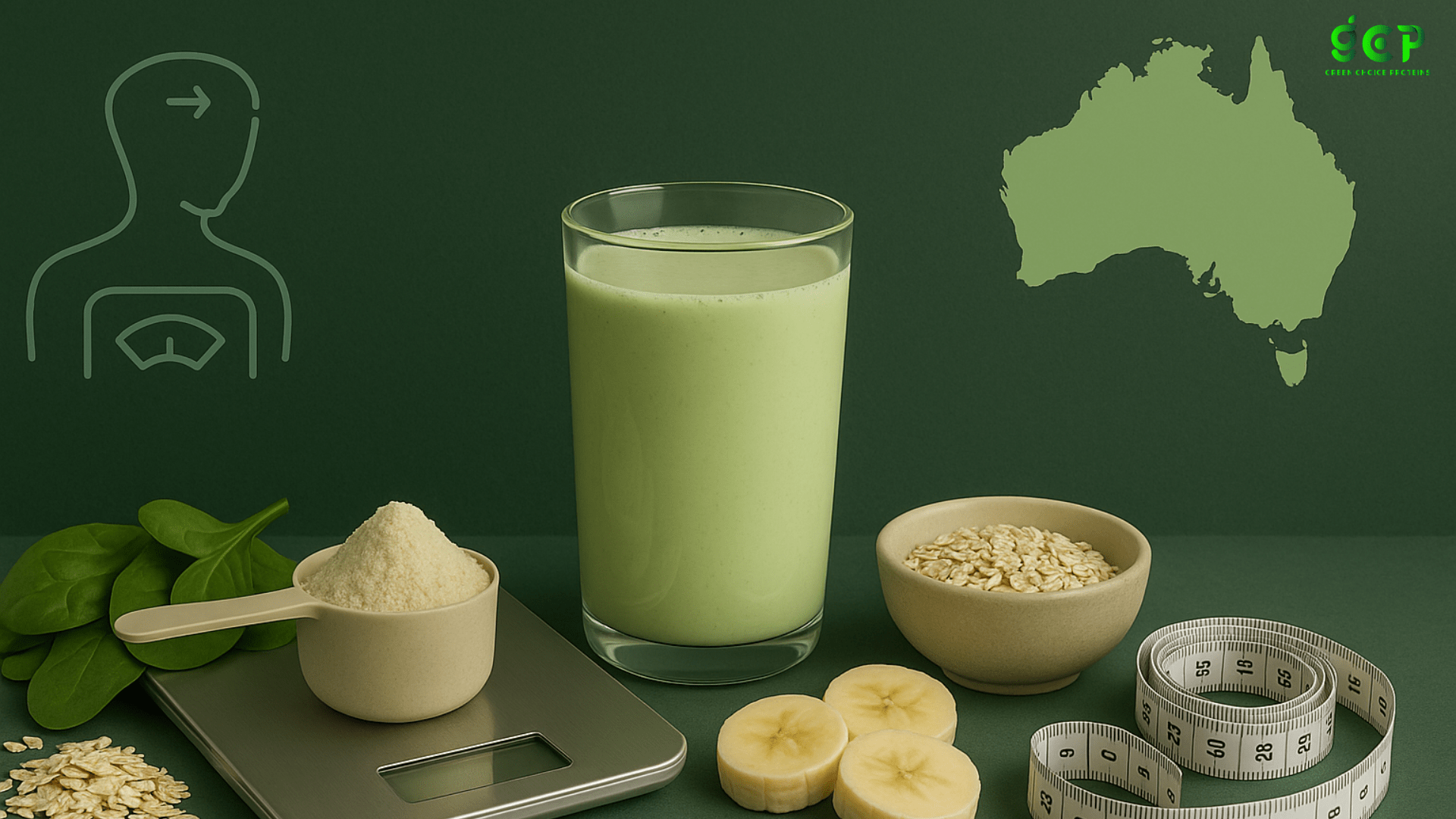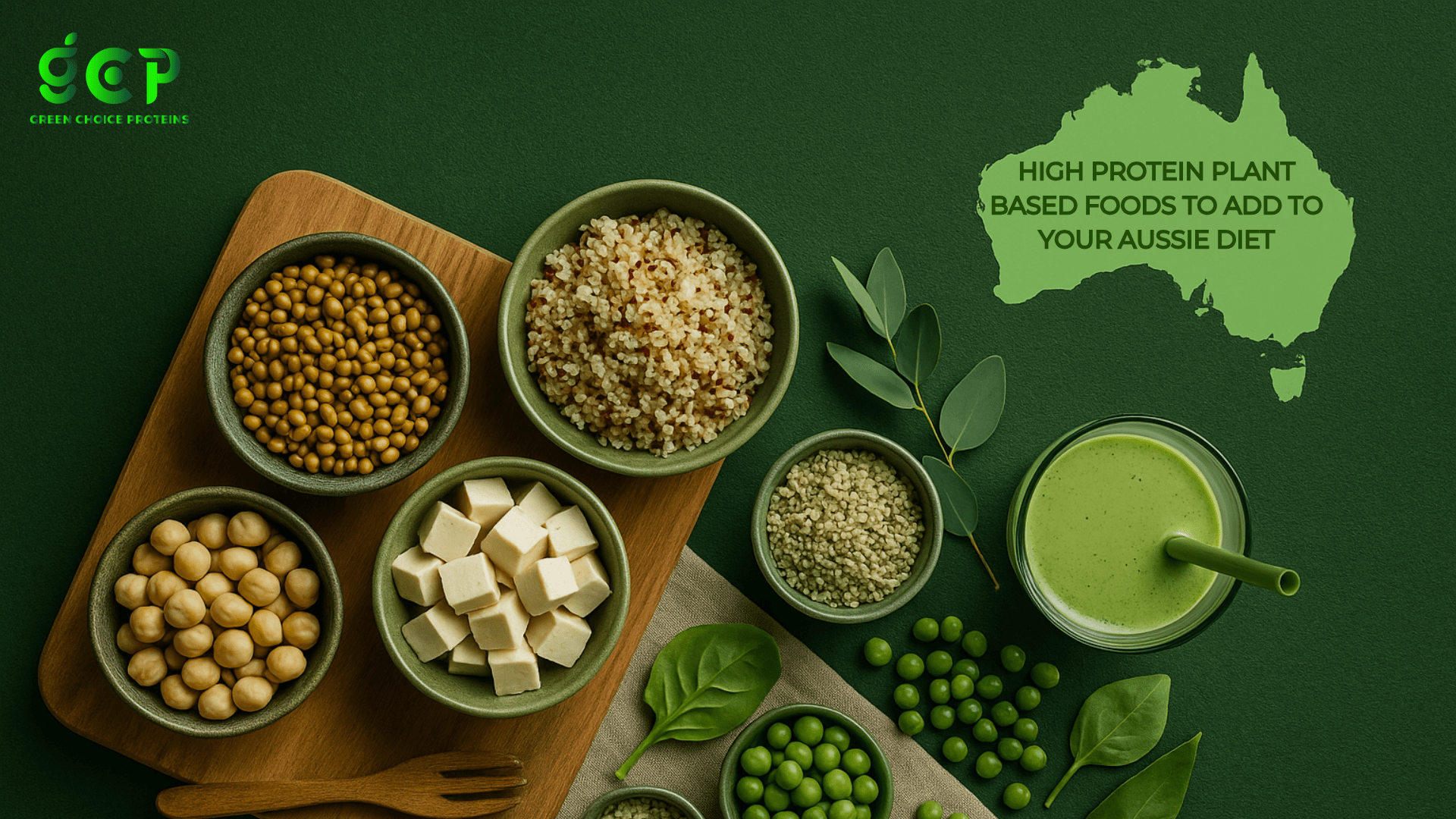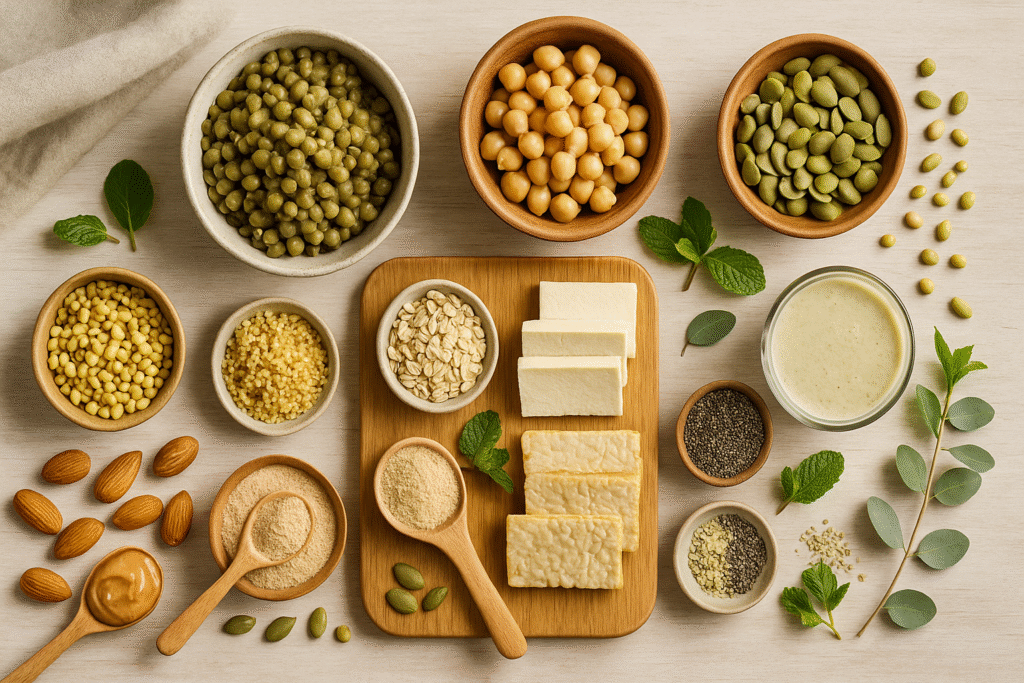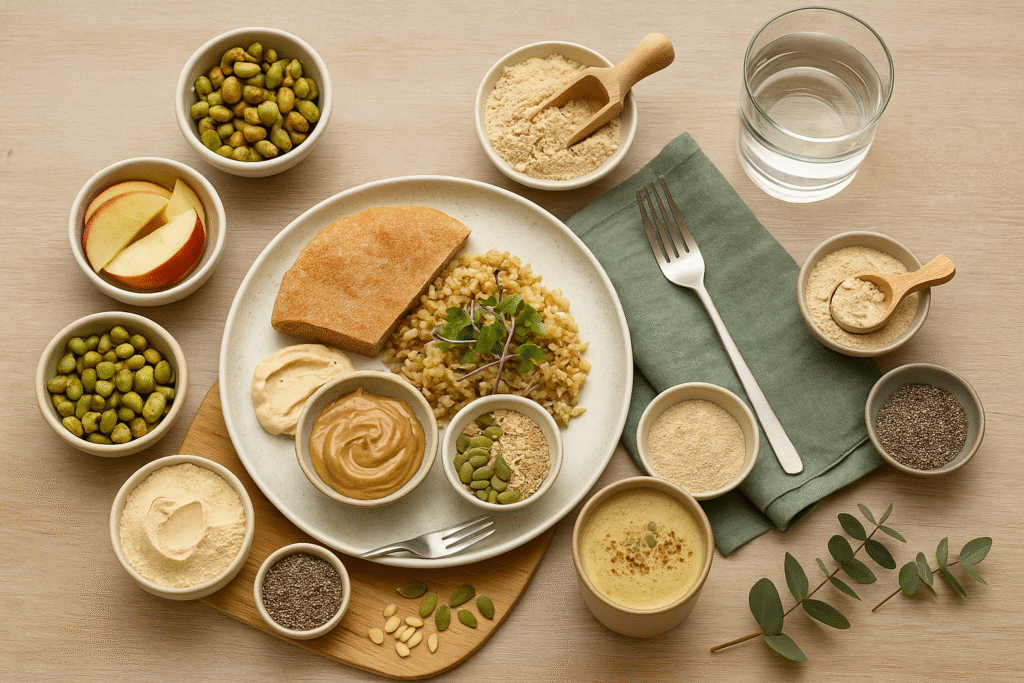

As the plant-based lifestyle gains momentum across Australia, more people are seeking ways to meet their protein needs without relying on meat or dairy. Whether you’re transitioning to a vegan diet, cutting back on animal products, or just curious about healthier nutrition options, understanding the best High Protein Plant Based Foods is essential to staying strong, satisfied, and energised.
In this guide, we’ll break down the most protein-dense plant foods available in Australia, how to incorporate them into your daily meals, and why combining them with plant-based protein powders from GC Proteins can take your nutrition to the next level.
Protein plays a vital role in nearly every function of the human body—from building muscle and bone to supporting immunity, hormone regulation, and metabolic health. For Australians on plant-based diets, the key challenge is not a lack of protein in plants, but knowing which plant sources are high in protein and how to consume enough of them daily.
By focusing on the right combinations of whole foods and supplementing with clean protein powders like those from GC Proteins, you can easily meet (and exceed) your daily protein goals without animal products.

Lentils are an Australian pantry staple. With around 18g of protein per cooked cup, they’re one of the most accessible and affordable high-protein foods. They’re also rich in fibre, iron, and B vitamins—making them excellent for heart health and digestion.
How to enjoy: Add them to soups, salads, or make a batch of dhal for dinner.
Chickpeas pack about 15g of protein per cooked cup and are extremely versatile. Roasted, mashed, or blended into hummus, they offer satiety and slow-digesting energy.
How to enjoy: Try chickpea curry, falafel wraps, or toss them into grain bowls.
Tofu (10g/100g) and tempeh (19g/100g) are soy-based protein powerhouses. They’re also complete proteins, meaning they contain all nine essential amino acids—making them a go-to for vegans and vegetarians.
How to enjoy: Stir-fry, grill, marinate, or crumble into tacos.
Unlike most grains, quinoa is a complete protein. One cooked cup provides about 8g of protein and a good dose of magnesium, iron, and fibre.
How to enjoy: Use it as a base for salads, stuffed capsicums, or as a rice replacement.
These beans offer 15g of protein per cup, with the added benefit of antioxidants, folate, and digestive fibre.
How to enjoy: Perfect in burritos, stews, or served over brown rice with avocado and veggies.
Two tablespoons of chia seeds provide 5g of protein plus omega-3 fatty acids and soluble fibre. They expand when soaked, making them ideal for overnight puddings or protein shakes.
How to enjoy: Mix into smoothies, oatmeal, or make chia seed pudding.
Often overlooked, green peas deliver nearly 9g of protein per cooked cup, along with high levels of vitamin K and C.
How to enjoy: Add to pasta, risottos, or turn into a creamy pea soup.
Even with a well-planned diet, hitting protein targets can be tough on busy days. That’s where plant-based protein powder comes in. GC Proteins offers a convenient, allergen-free, and delicious way to boost your protein intake—especially post-workout or between meals.
Each scoop provides 20–25g of high-quality plant protein sourced from peas and faba beans—perfect for anyone aiming to build lean muscle, aid recovery, or simply feel fuller longer.
Explore the best-tasting and cleanest options available:

Yes. A mix of whole food sources and supplements like GC Proteins ensures you meet daily needs.
Tempeh, lentils, and legumes like chickpeas rank high among common options in Australia.
Yes. They’re free from dairy, gluten, soy, and artificial additives.
Blend into smoothies, mix into oats, bake into muffins, or simply shake with almond milk.
Try a banana and Vanilla Protein Shake with oats, chia seeds, and peanut butter.
Embracing high protein plant based foods is not only a smart choice for your health—it’s a powerful step towards sustainable living. From legumes and seeds to clean protein powders, Australians have an abundance of options to meet their protein needs without compromising taste or nutrition.
Whether you’re looking to improve your energy, support muscle growth, or simply eat more mindfully, GC Proteins helps you achieve it all—one clean scoop at a time.
Join our mailing list and be the first to know about exclusive offers, new product launches, nutrition tips, and more! Elevate your plant-based journey with expert insights and special deals straight to your inbox.
Sign up today and fuel your health the Green Choice way! 💚
